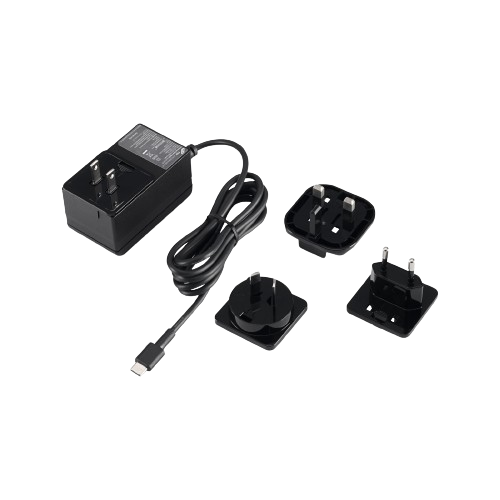USB 3.1 Type C Power Delivery | Explained & FSP Adapter Picks
Understand USB 3.1 Type C PD technology and how it enhances fast charging and power transfer. Compare specs and explore FSP's top USB-C PD products.
USB 3.1 Type C Power Delivery (PD) is a key standard enabling fast, flexible charging and high-speed data transfer over a single USB-C connector. In this guide, we break down what it means for your products—and which FSP adapters best meet industry-grade demands.
Overviews
- What is USB 3.1 Type C Power Delivery?
- USB Standards vs. USB Connectors: What's the Difference?
- USB 3.1 Speed vs USB 3.0 and USB 3.2: Which Standard Matters Most?
- What is USB Type-C and Why It Matters
- Recommendation: FSP USB 3.1 Type C Power Delivery Adapters and Chargers
- You might also be interested in these products
What is USB 3.1 Type C Power Delivery?
USB 3.1 Type C Power Delivery is a protocol designed to transfer both high-speed data (up to 10Gbps) and power (up to 100W) through a single USB-C connector. It uses improved 128b/132b encoding, reducing data loss and optimizing bandwidth. This enables faster charging, seamless data sync, and better energy efficiency across industrial, commercial, and consumer devices.
USB Standards vs. USB Connectors: What's the Difference?
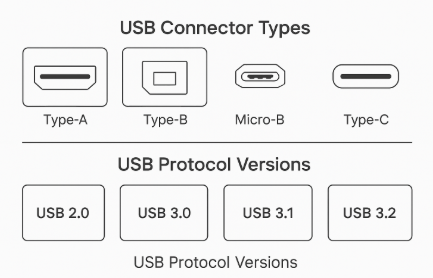
Figure: USB Connector Types vs. Protocol Versions - Understand the difference between USB physical interfaces (Type-A, Type-B, Type-C) and performance standards (USB 2.0, 3.0, 3.1, etc.).
USB 3.1 Type C Power Delivery merges two distinct components: the USB protocol version (e.g., USB 3.1, 3.2) and the physical connector type (e.g., Type‑C). USB Type‑C is the port design—small, reversible, and capable of carrying power, data, and video. In contrast, USB 3.1 defines the data transmission and power delivery capabilities, such as 10Gbps transfer speeds and 100W power output. These naming and compliance standards are maintained by the USB Implementers Forum (USB‑IF), which ensures that products meet interoperability and backward compatibility requirements.
USB 3.1 Speed vs USB 3.0 and USB 3.2: Which Standard Matters Most?
Among the latest USB standards, USB 3.1 Type C Power Delivery stands out for offering the most practical mix of USB 3.1 speed, interface compatibility, and global adoption. While USB 3.0 provides 5Gbps and USB 3.2 pushes up to 20Gbps in more advanced setups, USB 3.1's 10Gbps transfer rate hits the ideal balance between performance and deployment cost—especially for OEMs, industrial engineers, and device makers targeting wide adoption.
More importantly, USB 3.1 was the first to natively integrate USB Type-C and Power Delivery, simplifying hardware design and enhancing system efficiency. As a result, it has become the dominant protocol for high-efficiency charging, data transfer, and peripheral connectivity.
Use the following table to compare key version specs:
| Item | USB 3.0 | USB 3.1 | USB 3.2 |
|---|---|---|---|
| Official Name | USB 3.2 Gen 1x1 | USB 3.2 Gen 2x1 / 1x2 | USB 3.2 Gen 2x2 |
| Official Marking |  |
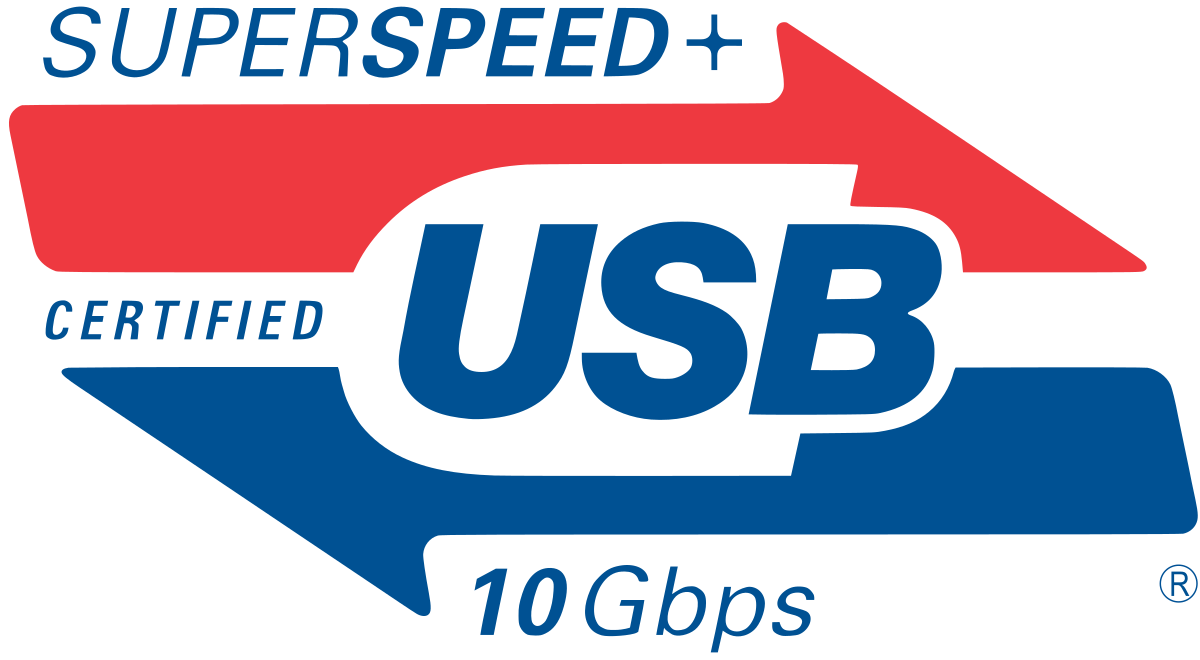 |
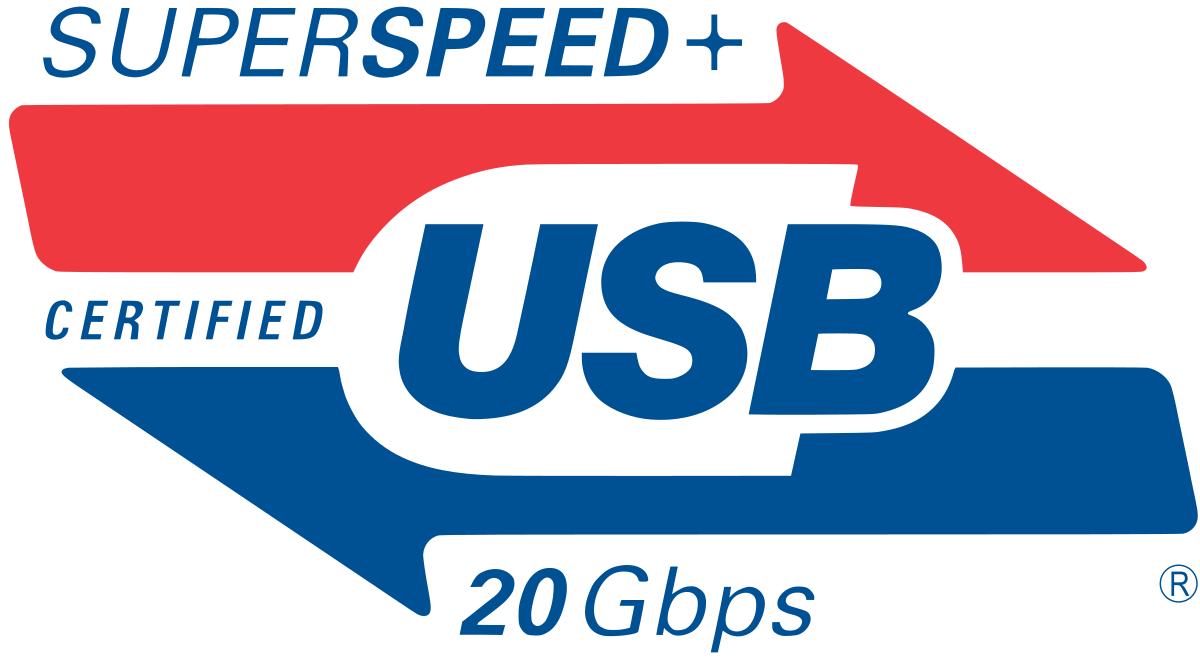 |
| Transfer Speed | 5Gbps (Super Speed) |
10Gbps (Super Speed+) |
20Gbps (Super Speed+) |
| Supported Interface (s) | USB-A, USB-C, Micro USB | USB-C only | USB-A, USB-C, Micro USB |
Table: Summary of USB 3.0, USB 3.1, and USB 3.2 specifications
What is USB Type-C and Why It Matters
USB Type-C is the physical connector interface used in USB 3.1 Type C Power Delivery. Designed to be universal, it supports data, video, and scalable power up to 240W—all through a single port. Compared to older USB-A or B designs, Type-C simplifies cable management and supports thinner, more compact device profiles.
With the EU mandating USB-C as the standard charging port by 2024, global adoption is accelerating. For system engineers and product developers, this shift enables easier design compatibility and streamlined logistics.
FSP Power Solution provides certified, industrial-grade USB 3.1 Type C Power Delivery modules and adapters—ideal for automation, power tools, and medical electronics. Reach out to our team to discuss your integration needs.
Recommendation: FSP USB 3.1 Type C Power Delivery Adapters and Chargers
FSP's USB 3.1 Type C Power Delivery adapters and chargers comply with international safety standards and deliver stable, efficient performance. Designed for use in industrial control, automation systems, and electric mobility applications, these power supplies ensure reliable integration across global markets.
FSP240-A2AR3 – 240W USB 3.1 Type C PD Desktop Adapter
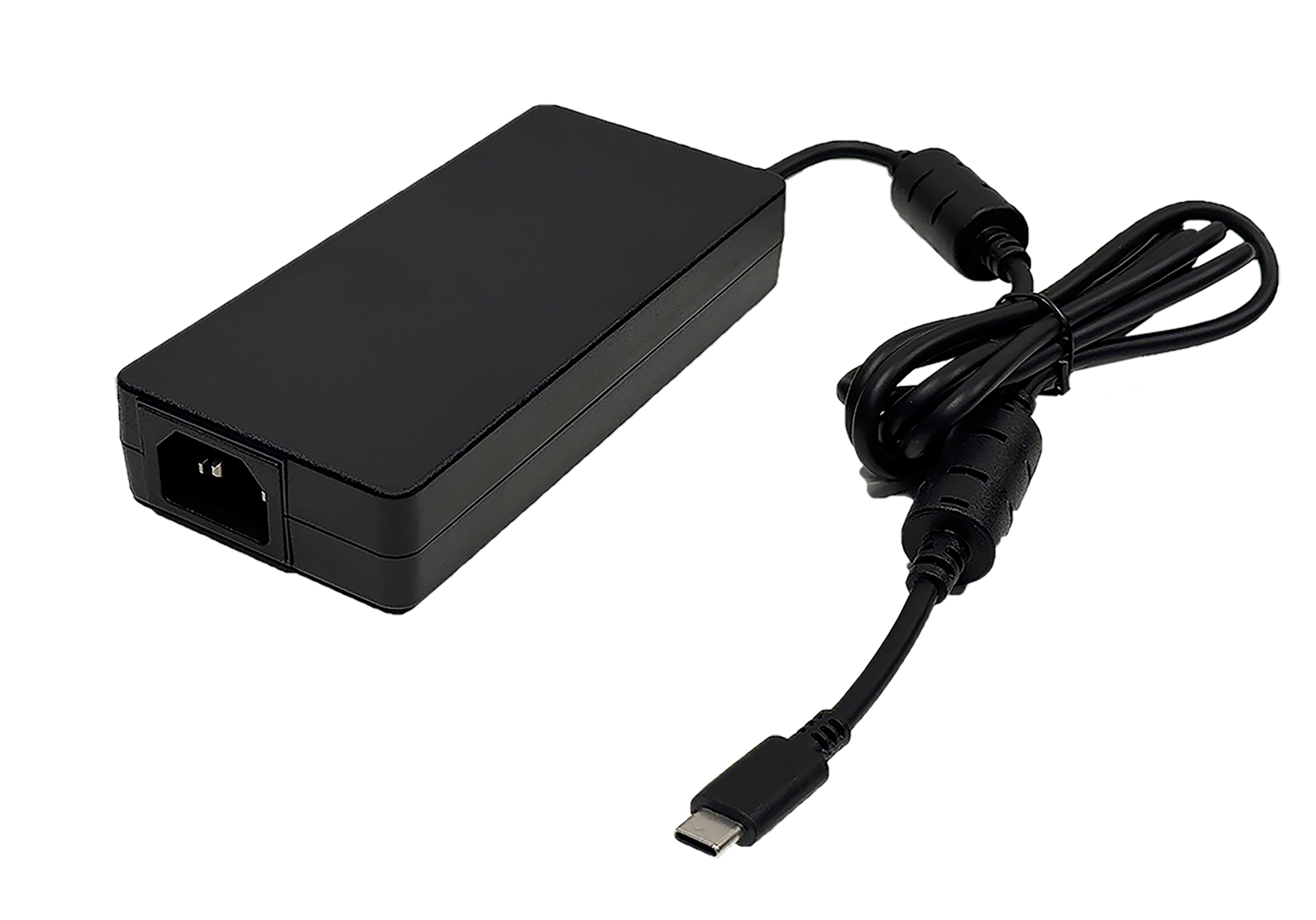
- IEC 62368-1 certified; CoC Tier 2 & DOE Level VI efficiency
- Multi-output USB PD profiles: 5V to 48V, supporting broad voltage applications
- Built-in protection (OCP/OTP/OVP), 5000m altitude operation
FSP240D-XXSA1CP – Bidirectional USB 3.1 Type C PD Charger
- Compliant with IEC 62368-1 and international safety standards
- USB PD3.1 @Type C, input max. 200W for Battery charging
- USB PD3.0 @Type C, output max. 100W for USB C device
- Programmable DC, output 15V to 58.8V
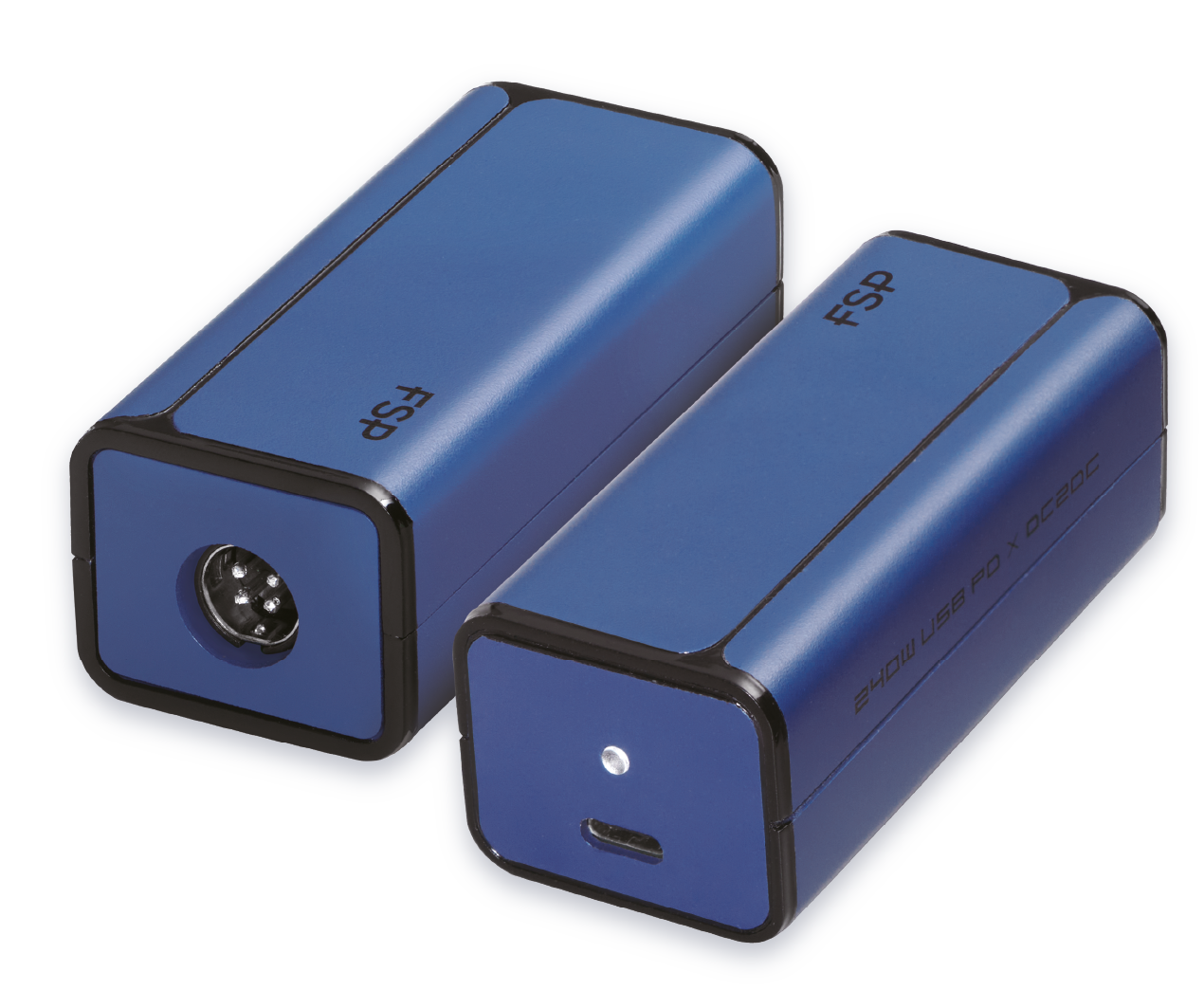
You might also interested in these products:
FSP065-D3ER3
65W USB 3.1 Type C PD Wall Adapter
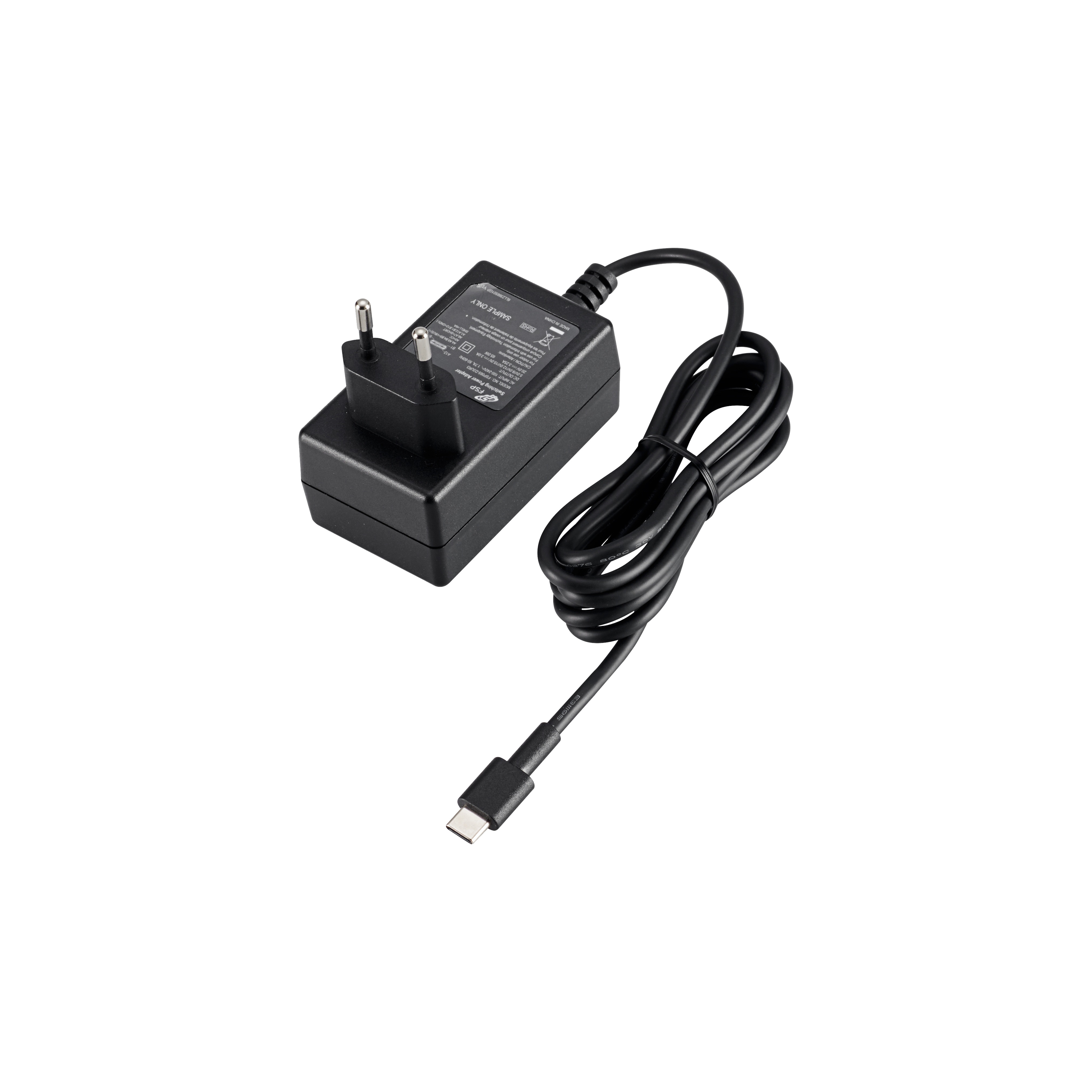
- IEC 62368-1 certified with CISPR/FCC Class B EMI compliance
- Wall-mounted 65W USB PD adapter for signage, terminals, and IoT
- Universal AC input (90-264V); compact and efficient design
FSP180-A1BR3
180W USB 3.1 Type C PD Desktop Adapter 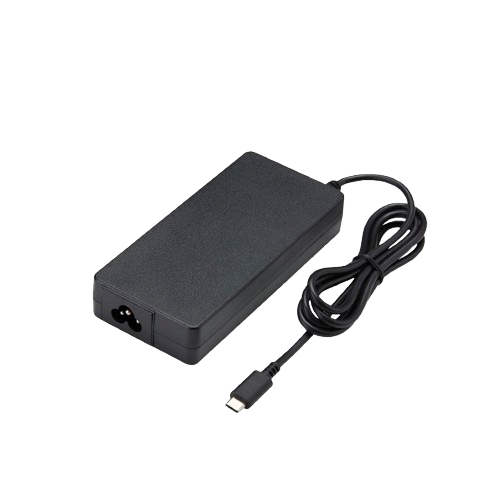
- Certified to IEC 62368-1 Ed. 3.0; meets CISPR 32/FCC part 15 Class B
- Desktop 180W USB PD power supply for industrial and automation use
- Stable performance for continuous high-load applications
Need Help Choosing the Right Adapter?
For more details on FSP's full range of USB 3.1 Type C Power Delivery adapters and chargers, visit our Product Page or contact us directly. Our power experts are here to help you build smarter, safer power systems.
Related Articles
About FSP
FSP Group is one of the global leading power supply manufacturer. Since 1993, FSP Group has followed the management conception "service, profession, and innovation" to fulfill its responsibilities as a green energy resolution supplier.








































